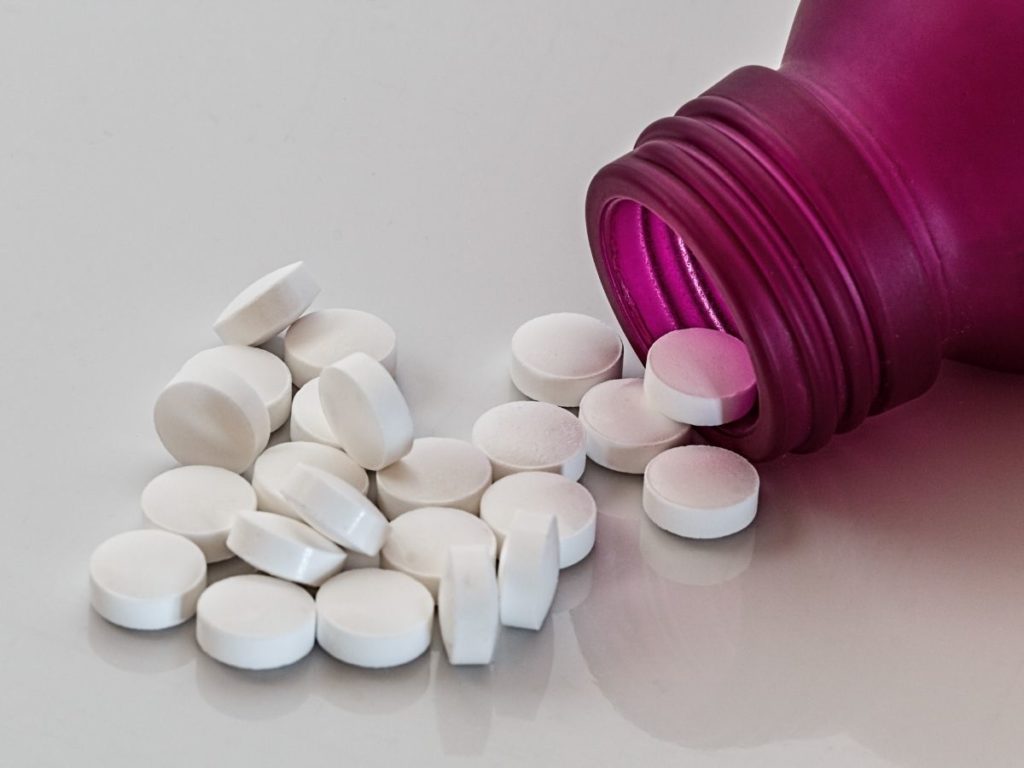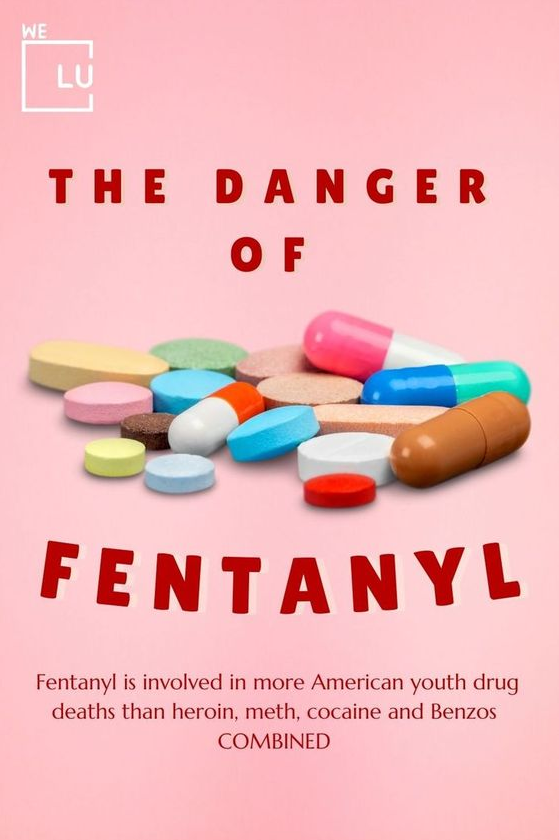What are the side effects of methadone?
Methadone side effects may be habit-forming. Take methadone exactly as directed. Do not take a larger dose, take it more often, or take it for a longer period of time or in a different way than prescribed by your doctor. While taking methadone, discuss with your healthcare provider your pain treatment goals, length of treatment, and other ways to manage your pain.
Tell your doctor if you or anyone in your family drinks or has ever drunk large amounts of alcohol, uses or has ever used street drugs, or has overused prescription medications, or has had a drug overdose, or if you have or have ever had depression or another mental illness. There is a greater risk that you will overuse methadone if you have or have ever had any of these conditions. Talk to your healthcare provider immediately and ask for guidance if you think that you have an opioid addiction or experiencing the methadone side effects listed in this article.
What is Methadone?
Methadone is a long-acting synthetic opioid pain killer that is often used to relieve severe pain for someone expected to need pain medication around the clock for a long time and cannot be treated with other medicines [1]. This drug is also used to prevent opioid withdrawal symptoms in individuals addicted to opiate drugs and are enrolled in addiction treatment programs to stop using or continue not using the drugs.
Methadone is in a class of medications called opiate (narcotic) analgesics. It works to treat pain by changing the way the brain and nervous system respond to pain. Methadone works to treat people addicted to opiate drugs by producing similar effects and preventing withdrawal symptoms in people who have stopped using these drugs. When taken as prescribed, this opioid pain killer can be very useful in treating heroin addiction, but it too can be addictive, as it is still an opiate [2].


How is Methadone Used?
Methadone works by changing how the nervous system and the brain respond to pain. It reduces the painful symptoms of opiate withdrawal and blocks the euphoric effects of opiate drugs such as morphine, heroin, and codeine, as well as semi-synthetic opioids like hydrocodone and oxycodone.
The opioid-dependent patient takes a daily dose of methadone as a liquid or pill. Pain relief from a dose of methadone lasts about four to eight hours. According to the Substance Abuse and Mental Health Service Administration (SAMHSA) [3], methadone is effective in higher doses, especially for heroin users, helping them stay in treatment programs longer.
As with medications used in medication-assisted treatment (MAT), methadone is usually prescribed as part of a comprehensive treatment plan for opioid and opiate addiction that includes counseling and participation in social support programs.
It is important for people with methadone prescriptions to take this medication exactly as prescribed and do not adjust their own dose without a doctor’s advice and oversight. It is easy to overdose on methadone due to the strength of one dose. Methadone and Suboxone are both opioids. While methadone is used to treat chronic pain and opioid addiction, Suboxone is only approved to treat opioid dependence.
Methadone Side Effects
With short-term use, you may experience methadone side effects like:
- Restlessness
- Vomiting or Upset stomach
- Slow breathing
- Itchy skin
- Heavy sweating
- Constipation
- Weight gain
- Dry mouth
- Sleep changes
- Appetite changes
- Headache
- Stomach pain
- Flushing
- Vision problems
- Mood changes
Some methadone side effects are more serious. Call the doctor if you have:
- Trouble breathing
- Fainting or lightheadedness
- Rash or hives
- Swollen tongue, lips, throat, or face
- Rapid heartbeat or chest pain
- Confusion or hallucinations
- A hoarse voice
- Trouble swallowing
- Seizures
- Severe drowsiness
- Unusual menstrual periods
Methadone Side Effects Requiring Immediate Medical Attention
Methadone overdose happens when a person intentionally or accidentally takes more than the recommended or normal amount of this medicine. This can be on purpose or by accident. Make sure to let your doctors know about any medications you’re taking.
Even though the methadone side effects are different from those of other opioids, such as heroin, your body can still get used to it. This means you might need to take more methadone to feel the same effects. This is called tolerance, and it can happen with any other opioids. [4]
Your body can also become dependent on this drug and other opioids. Your brain relies on the pain relief they bring, and you have withdrawal symptoms if you stop taking them suddenly. Some people may take methadone with other opioid pain killers, such as oxycodone. High doses or combining methadone with other drugs or painkillers can raise someone’s risk of overdose. These painkillers include oxycontin, hydrocodone (Vicodin), or morphine.
Symptoms of Methadone Overdose
- Vomiting
- Convulsions
- Slow, shallow breathing, known as respiratory depression
- Clammy or bluish skin
- Blue-tinted lips and fingertips
- Extreme fatigue to the point of being unable to stay awake
- Stupor
- Coma
- Death
Combining methadone with other drugs, whether illegal or prescription drugs, can also lead to serious heart problems. These heart problems range from arrhythmia to heart attack.

Methadone Withdrawal Timeline and Symptoms
Symptoms of methadone withdrawal, also sometimes referred to as methadone detox, typically begin to appear roughly 24-36 hours after you last used the drug. A physician supervises the detox process. The duration of the process differs from person to person but may last anywhere from 2-3 weeks up to 6 months.
You may be having withdrawal if, within the first 30 hours that you stop taking methadone, you might struggle with:
- Tiredness
- Anxiety
- Restlessness
- Sweating
- Watery Eyes
- Runny Nose
- Yawning
- Trouble Sleeping
At first, symptoms of withdrawal may seem like the flu. But unlike with the flu, withdrawal symptoms can persist severe for several days. Specific symptoms may peak after about three days. These include:
- Muscle Aches and Pains
- Goosebumps
- Severe Nausea
- Vomiting
- Cramps
- Diarrhea
- Depression
- Drug Cravings
The symptoms will likely be at their worst throughout the first week. However, some symptoms can last even longer than a week. These include low energy levels, anxiety, difficulty sleeping, and depression.
Withdrawal can cause much distress as part of methadone side effects, and the risk of returning to the use of other opiates can increase. Therefore, some people discuss continuing on methadone treatment but at lower doses, if permitted. Once a person becomes stable at a lower amount, another effort at tapering can be discussed with your doctor.
Methadone Withdrawal or Taper
Whether you’ve been on methadone for an extended period or a short period, a taper protocol is the choicest way to come off of methadone. A taper means to lessen doses in a scheduled time. The prescribing physician will develop a taper schedule based on what is most suitable for you, your current dose, and how long you’ve been on methadone. It’s essential to follow your provider’s taper schedule and instructions to avoid any adverse symptoms from detoxing too suddenly.
Medical Methadone Detox
Medical detox in a treatment facility can aid in the process of detoxing or tapering methadone. The physicians in the treatment facility will monitor your symptoms and vitals during the process. They can also prescribe non-narcotic medication to relieve some of the signs that may manifest due to the detox. As part of medical detox, clients are engaged in clinical treatment to start to address the underlying issues of their addiction.
On-Going Care and Support

The major side effects of methadone are respiratory depression and, to a lesser degree, systemic hypotension. Contact us to get help.
Because of the withdrawal process and the possible presence of PAWs (Post Acute Withdrawal Syndrome) with methadone detox, someone must engage in continued care beyond the initial detox process. To get proper support through this process, they should engage in residential treatment after detox. This clinical care can help when someone feels triggered or wants to use the drug again and provide the means and resources needed to explore the addiction and underlying issues.
Whether you’ve been on methadone for a long or short time, it is possible to come off it with the proper support and medical assistance. Although the methadone side effects and post-acute withdrawal process can sound daunting, scary, or challenging to get through, it is possible to effectively and safely detox from methadone with the proper support.
Quitting Cold Turkey
Many people try to ride out methadone withdrawal on their own. Though opioid withdrawal may not be life-threatening in most cases, it can be excruciating. It can also lead to cravings and a return to drug use if left untreated. One of the most significant risks of trying to stop using methadone cold turkey is relapse. [1]
In addition, other health complications may occur in connection with withdrawal sickness that may necessitate immediate medical attention, including:
- Dehydration and electrolyte imbalance from vomiting and diarrhea.
- Aspiration from breathing stomach contents into the lungs, which can cause lung infection.
The lack of medical care to manage withdrawal effects and any significant health issues, and the strong possibility of relapse due to the distress make cold turkey an unwise detox method. A schedule for decreasing methadone dosing will be best determined and potentially regulated by your treating physician.
Notwithstanding how someone becomes dependent on methadone, the most secure way to quit is to slowly lessen the dose over time—a process known as tapering. A taper can help prevent severe withdrawal symptoms and decrease the risk of potential withdrawal-associated medical problems. Weaning or tapering should only occur under the supervision of a medical professional, who can assess withdrawal progress and best help the individual regulate doses.
Methadone Detox Methods for Safe Methadone Withdrawal
Methadone, when prescribed for opiate addiction, is eventually tapered down after a lengthened time. It is known in the opiate family for having the most prolonged detox, which also makes the typical taper a lengthy period, sometimes extending for over a year.
We Level Up TX treatment center believes in making our clients substance-free as soon as possible so that they can return to their everyday lives. Although most methadone detox plans include a long-drawn-out taper, the goal at We Level Up detox facilities is to speed up this process and give the individual a fair chance at a life in recovery.
If you or someone you know is struggling with methadone side effects or abuse, help is just a phone call away. So call us now here at We Level Up TX. We are here to help you.
Sources:
[1] Opiate and Opioid Withdrawal – U.S. National Library of Medicine
NIH – https://medlineplus.gov/druginfo/meds/a682134.html
[2] NCBI – https://www.ncbi.nlm.nih.gov/books/NBK310658/
[3] SAMHSA – https://store.samhsa.gov/sites/default/files/d7/priv/sma12-4108.pdf
[4] We Level Up Addiction Treatment Center – Heroin Detox





